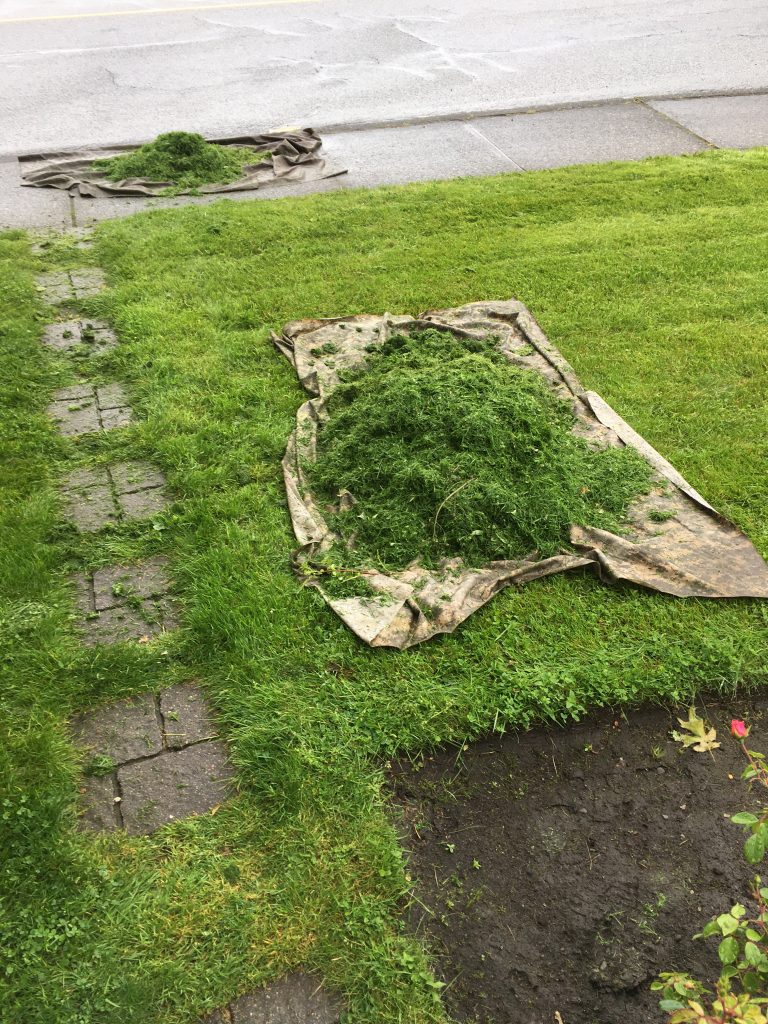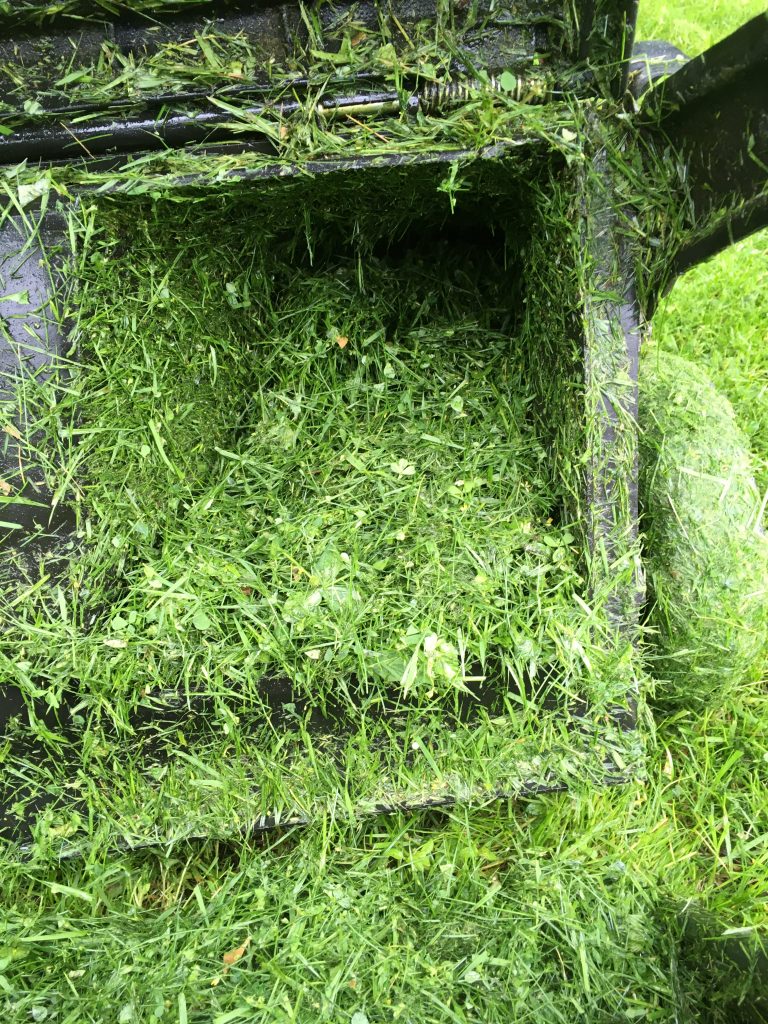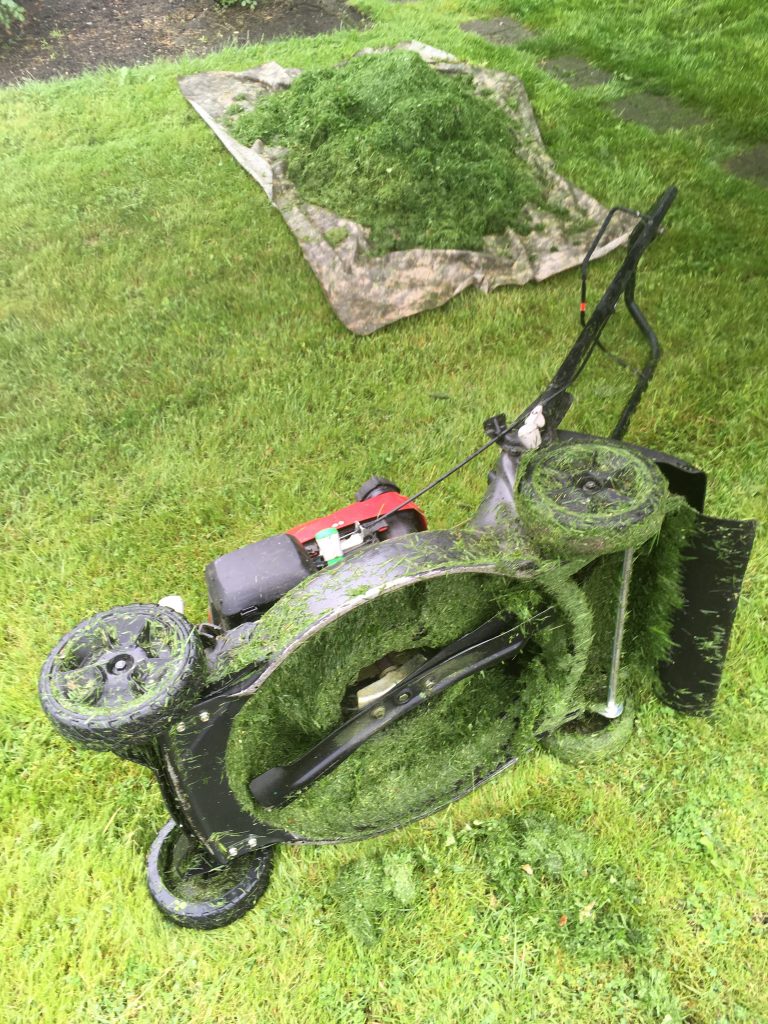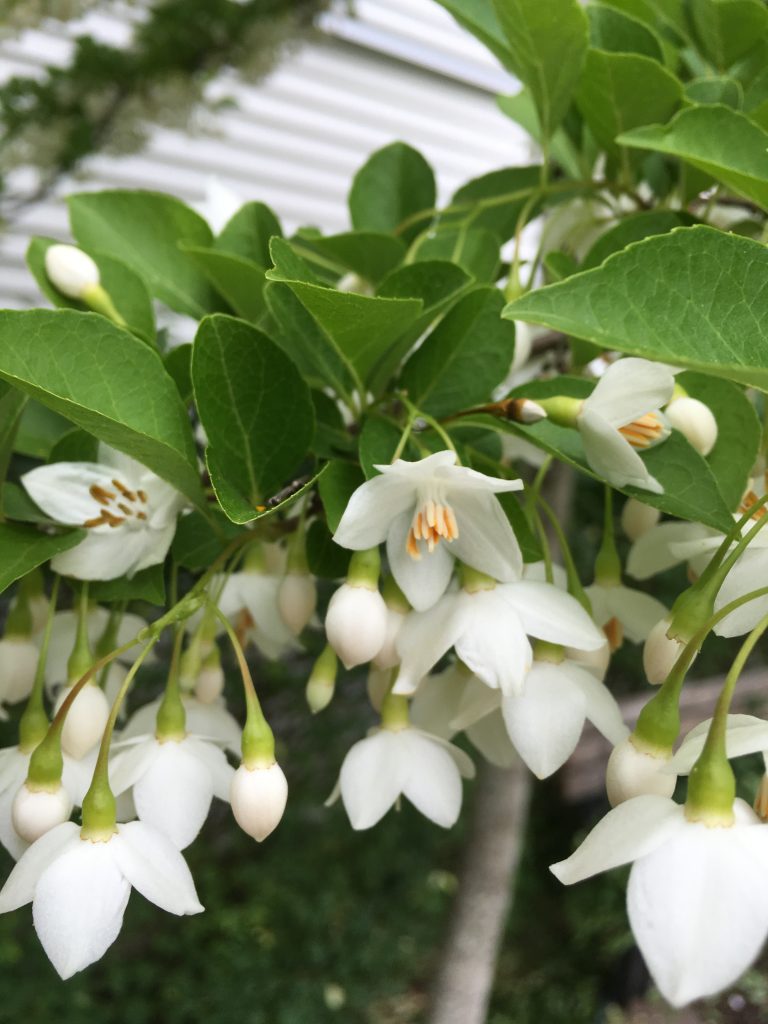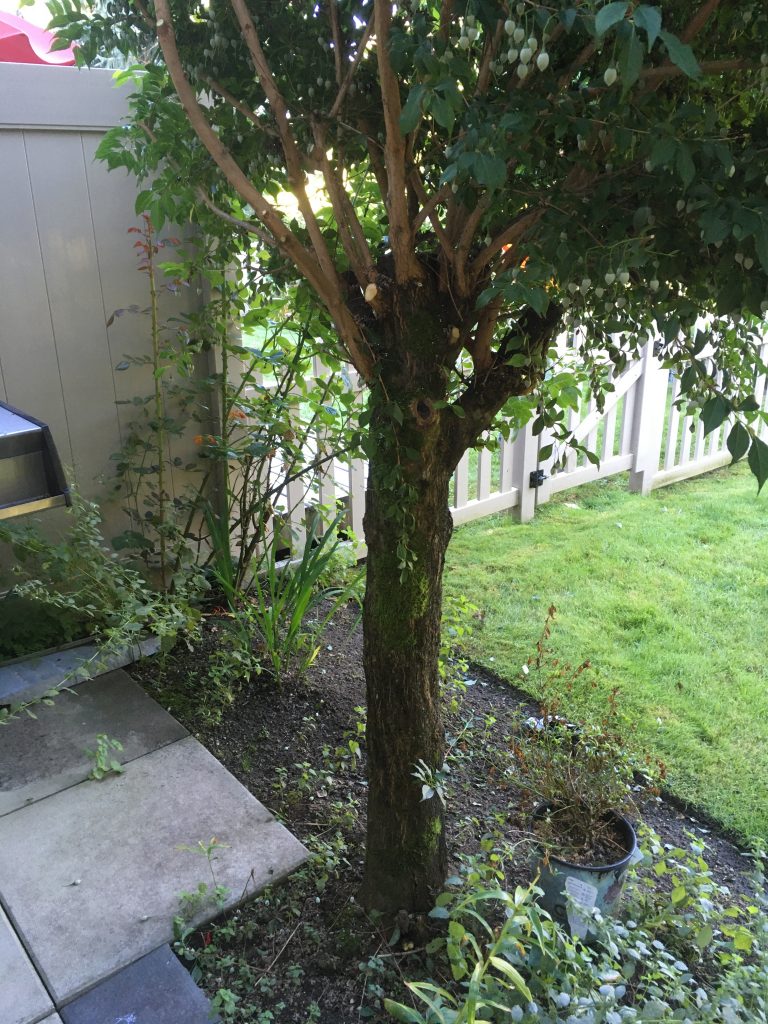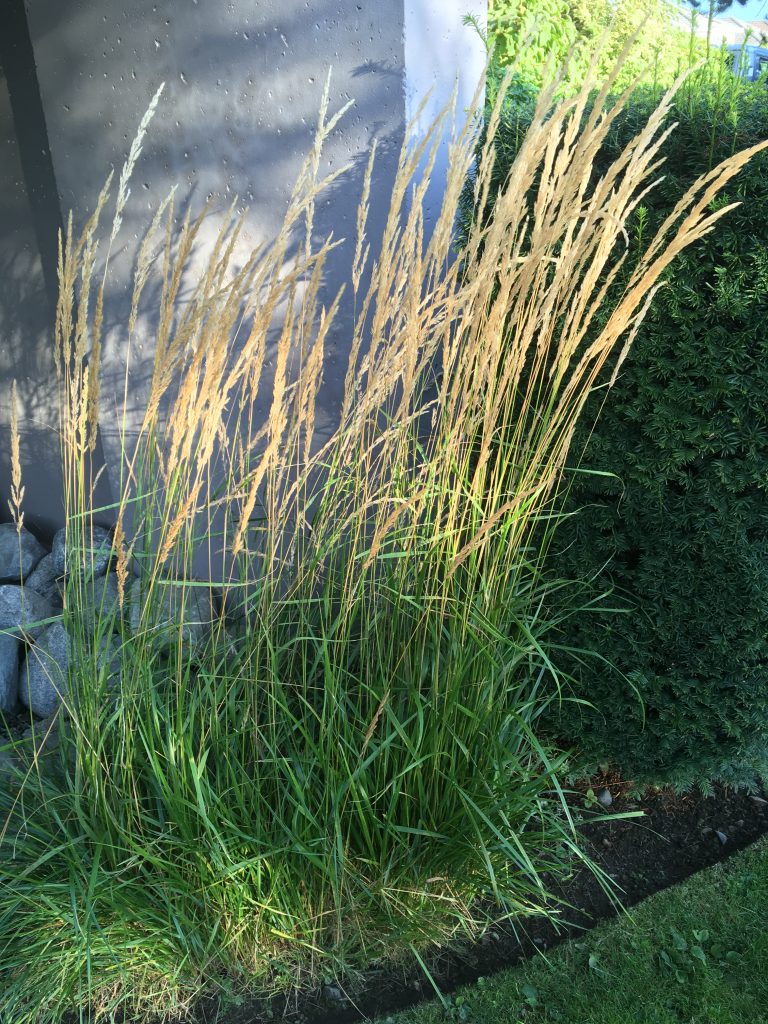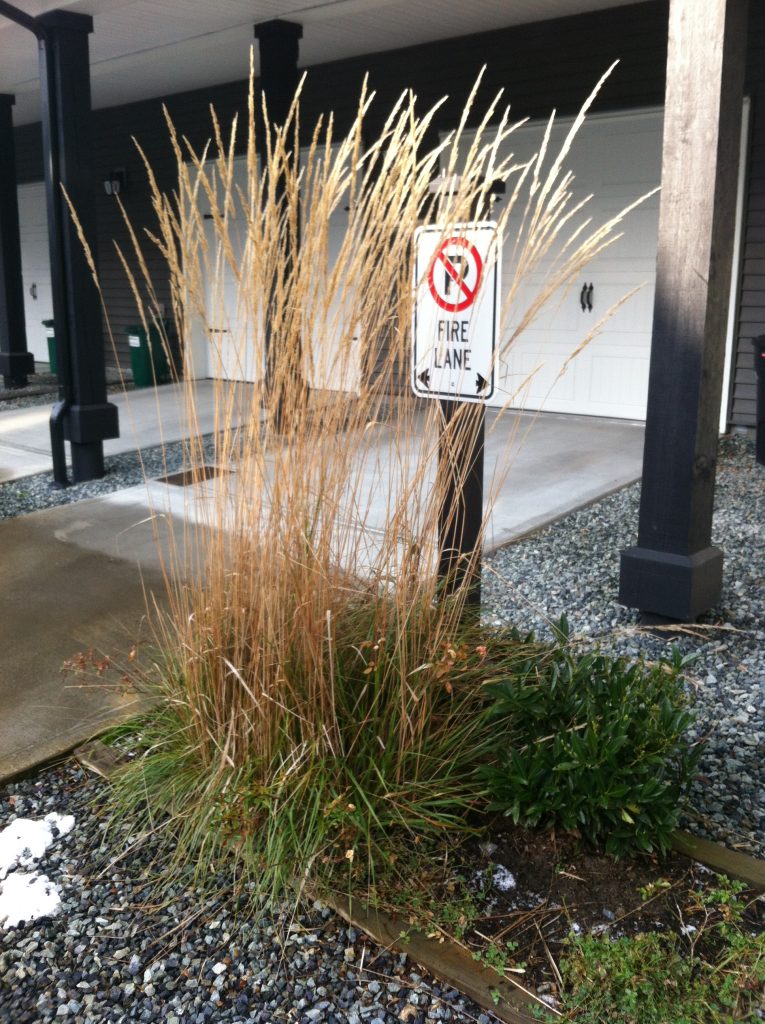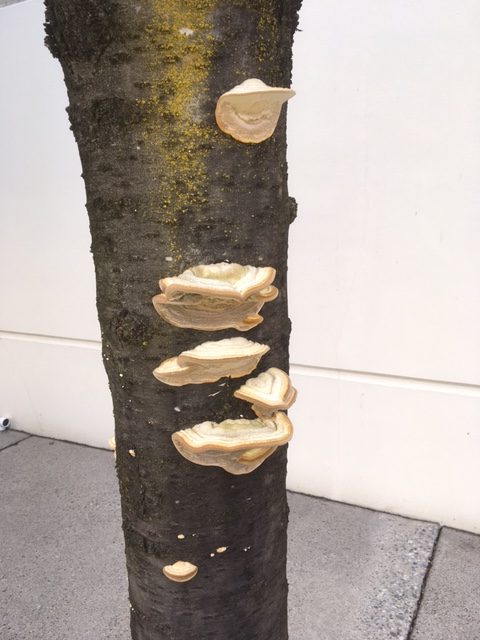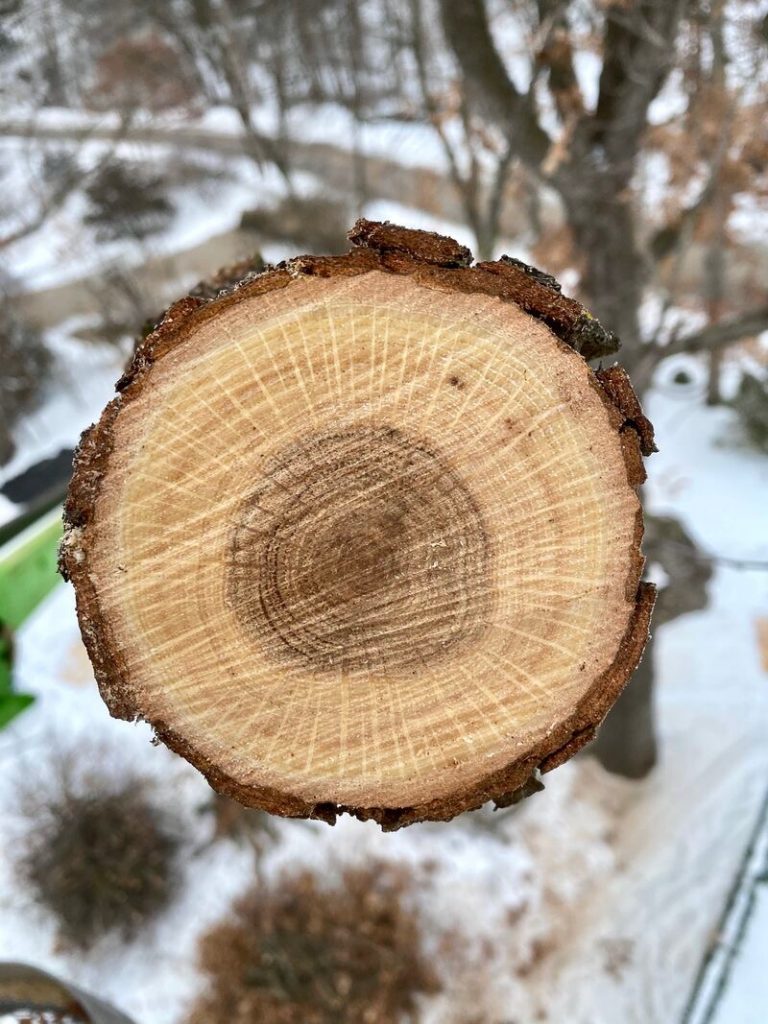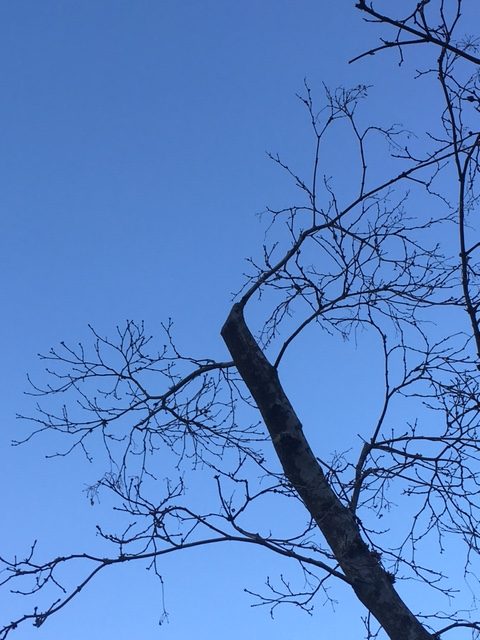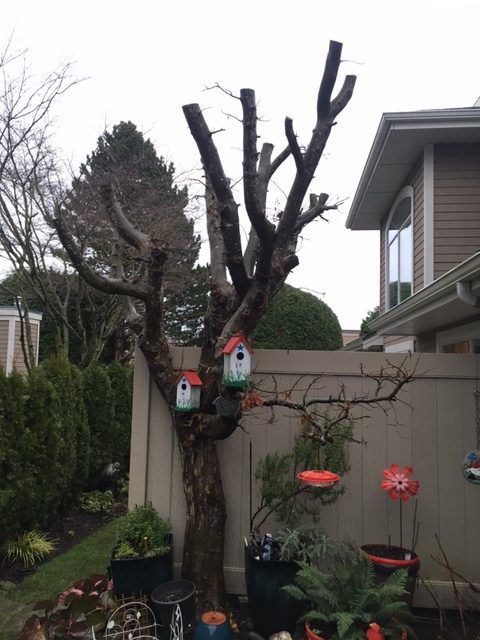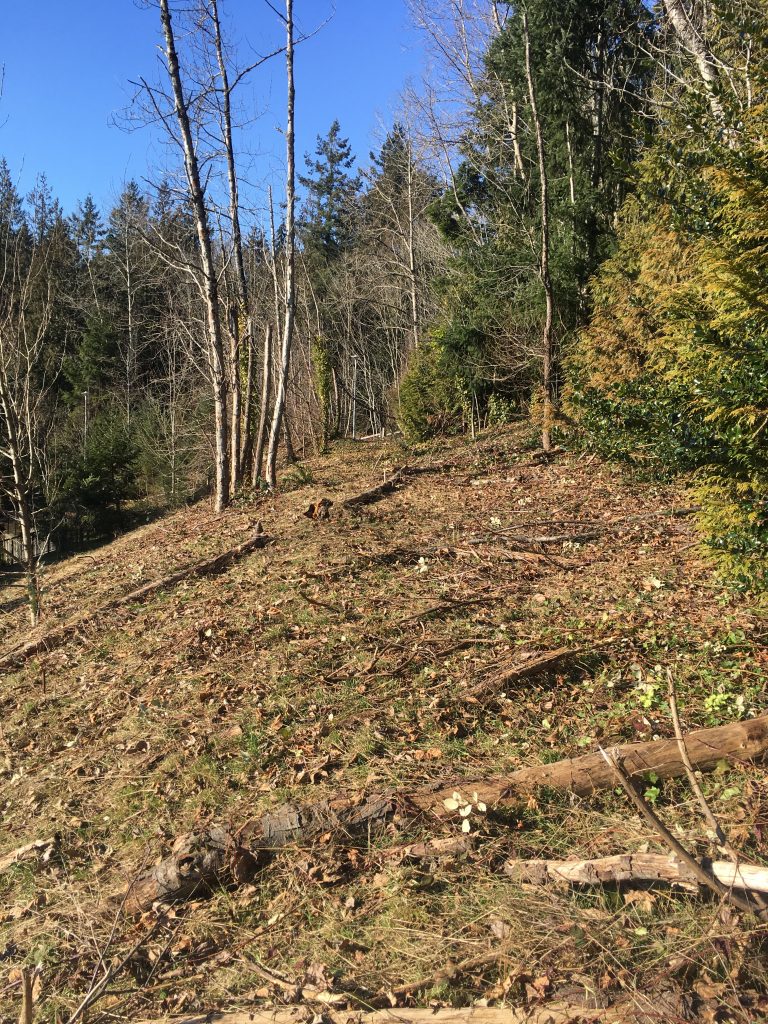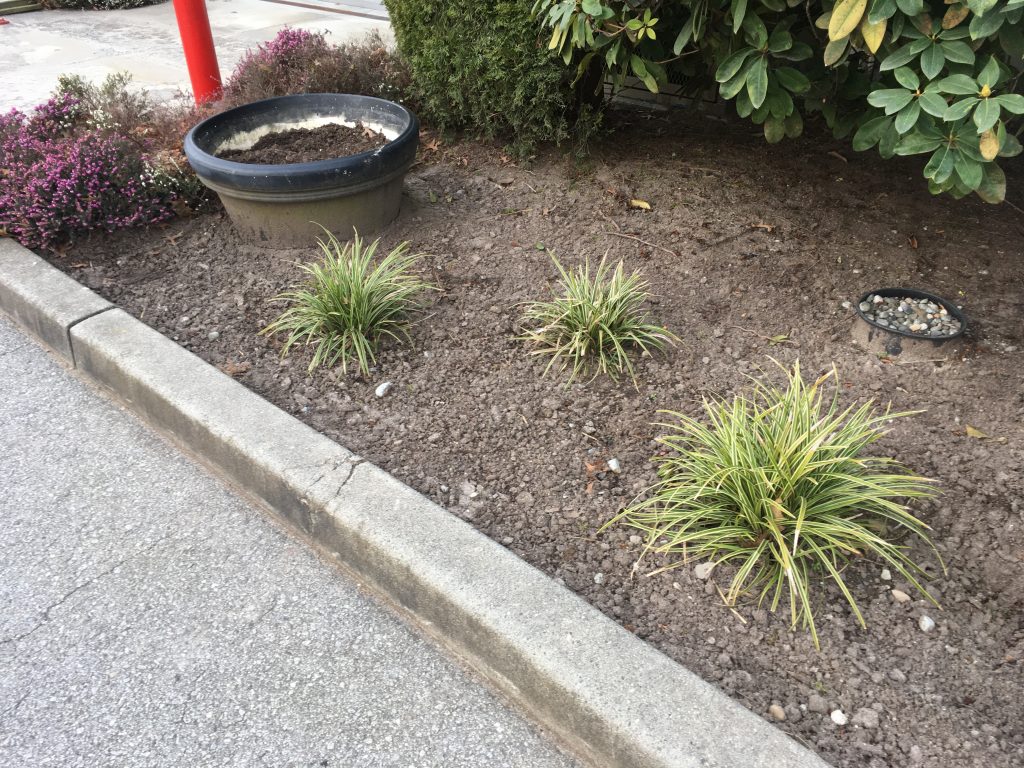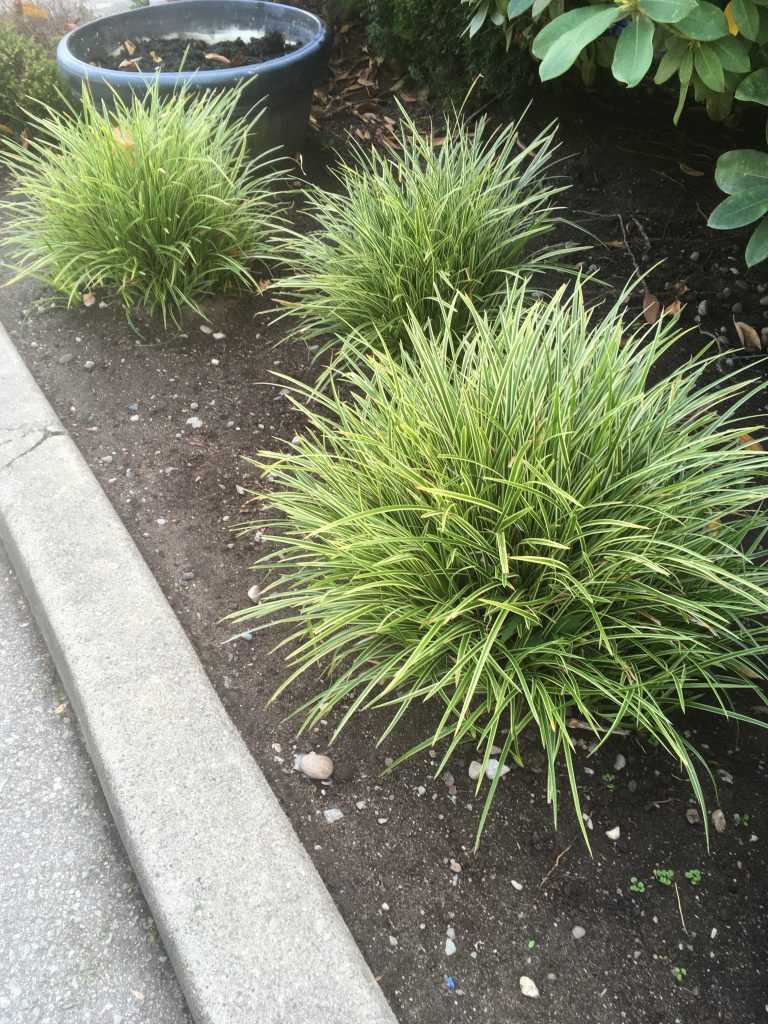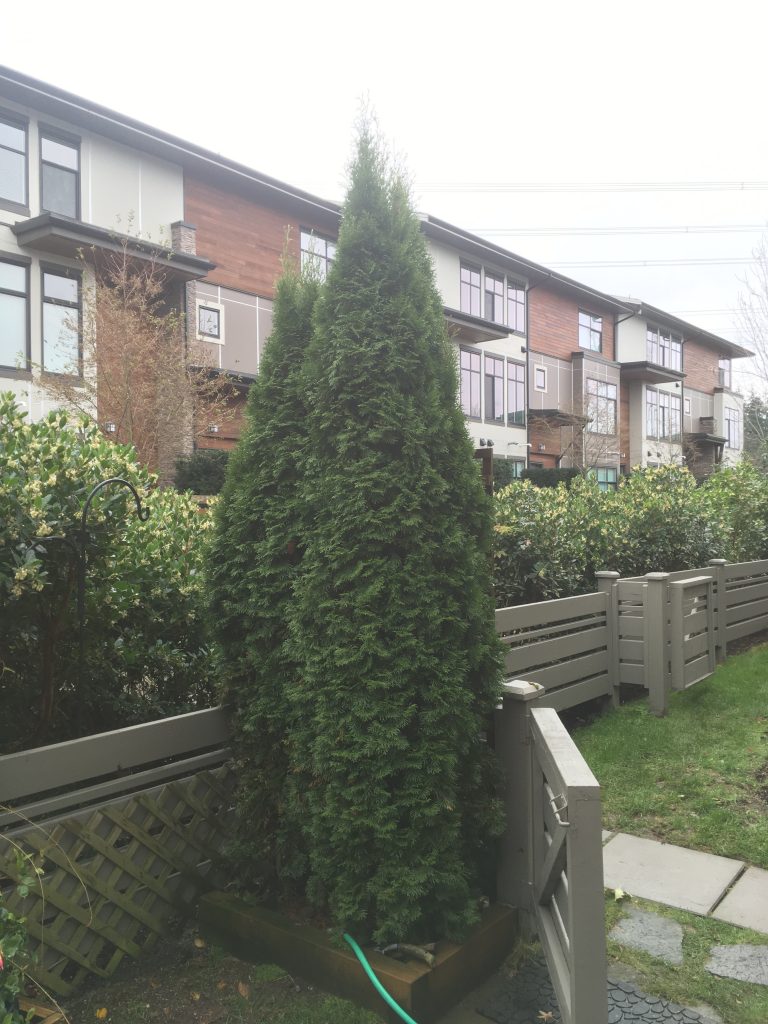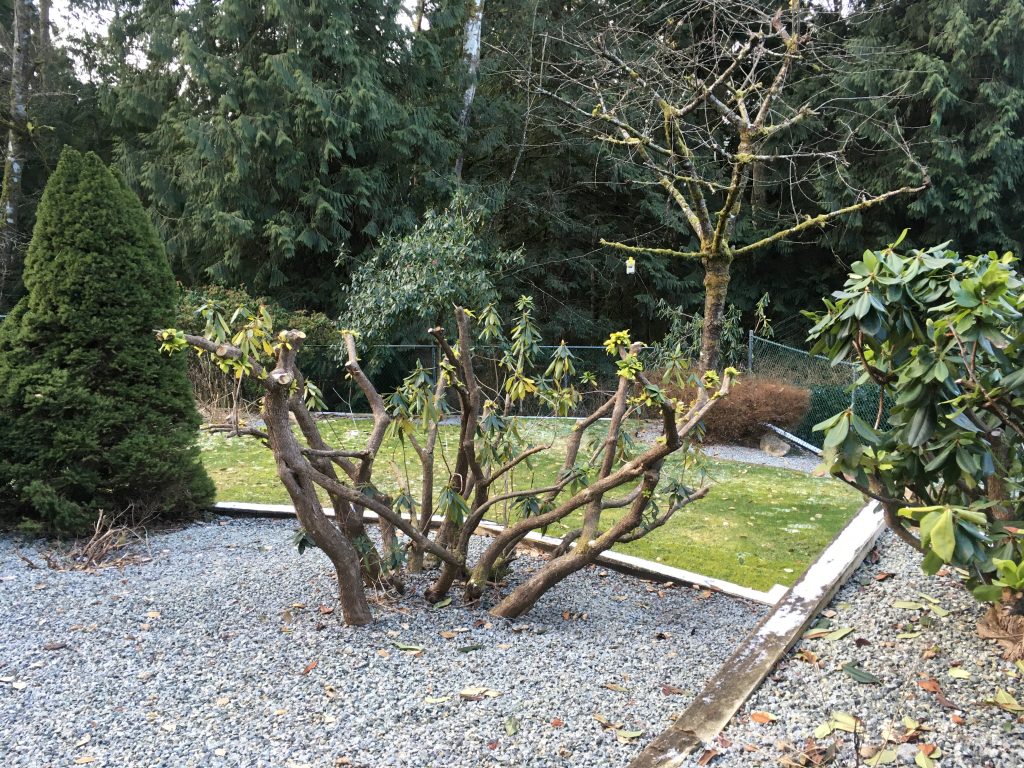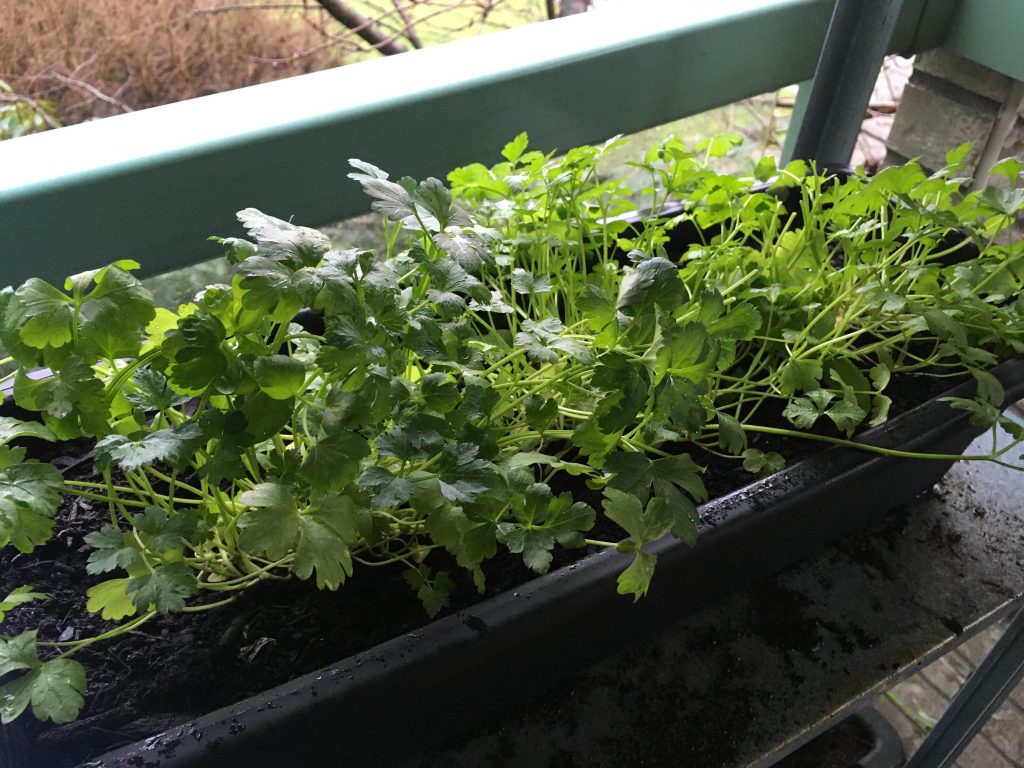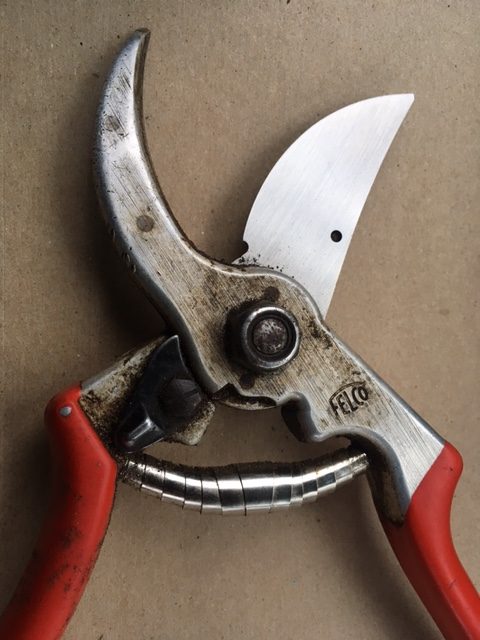I spent a Monday working in White Rock recently, and at lunch time I walked to a pizza place down the block. Mask on, of course. As I walked by a bus shelter I noticed a City of Surrey poster. And a blog post was born.
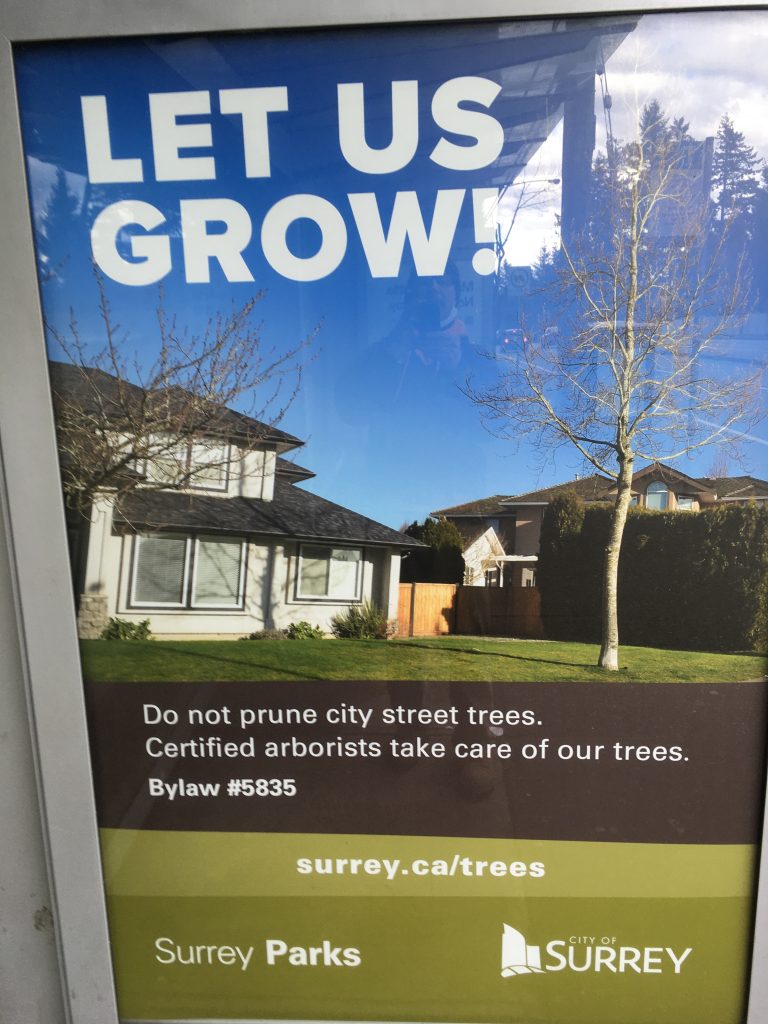
I looked up the Bylaw #5835 and it’s a simple two page document. It says don’t touch city trees and don’t remove them, even if firewood is your family’s only source of heat. You could be fined $500. Simple enough.
A real problem
As a certified landscape professional and arborist, I attend many trade shows and seminars for education credits (CEUs) and to gain knowledge. The coronavirus pushed all of this online but learning never stops. It can’t. It continues even during a pandemic.
I mention trade shows because the presentations with the worst tree abuse cases consistently came from City of Surrey speakers. It became a running joke. As soon as I saw City of Surrey speakers, I signed up; and I can’t think of one single disappointing event.
“Pruning” by residents often meant ugly topping or outright tree removal. That might have been overlooked in years past but not anymore. Now cities care about canopy cover percentages, cooling, beauty, and ecosystem services.
Tree bylaws get drafted and workers get ISA certified so they can take great care of city trees.
Let them grow
I totally agree with the bus shelter poster. Leave street trees alone. We need them to look great and provide us with their many free ecosystem services. Let professionals do the pruning.
However, I do understand people’s frustrations. Municipalities can take months to respond to requests for pruning. I’ve done some pruning on city trees before but it wasn’t anything crazy. In one case, the owner was going bonkers with honeydew secreted by aphids feeding on tulip trees (Liriodendron tulipifera). Her car, sidewalk and patio were covered in sticky honeydew. Her patio was basically unusable. So, I removed whatever branches I could reach but it didn’t solve the problem completely.
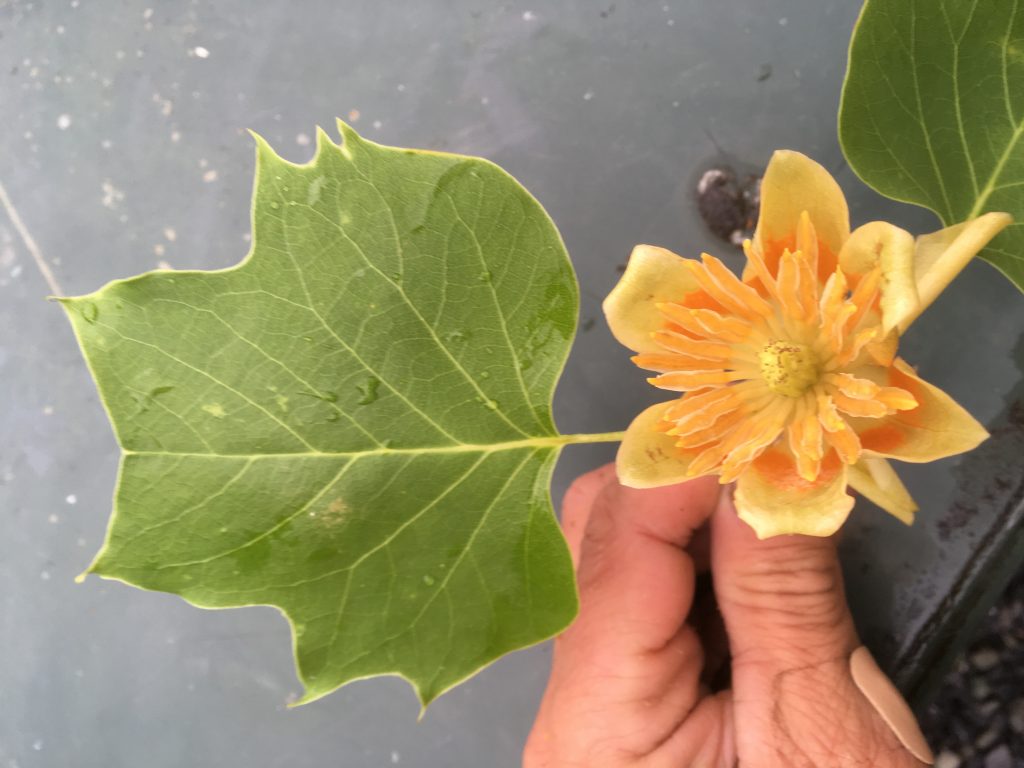
Aphids aren’t good enough reason to remove healthy trees. And we know that tulip trees come with summer aphids. Maybe some sort of cover for the patio would be a better solution.
Conclusion
Let city arborists handle city trees.


